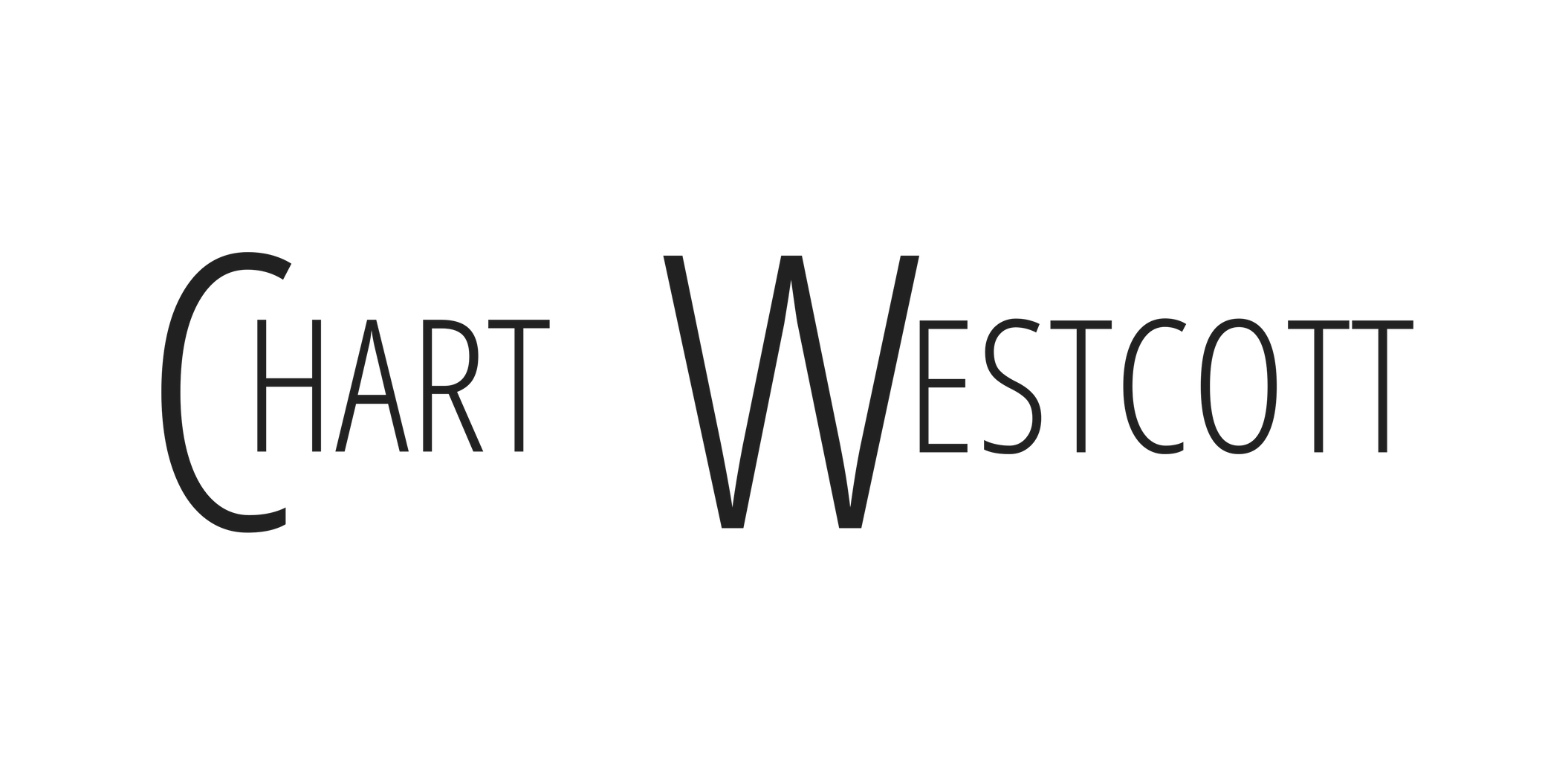Non-profits have gained a great deal of knowledge from their for-profit peers when it comes to the effective use of technology. However, nonprofits can’t always mimic for-profit strategies. Campaigns that rely on social media can sometimes backfire and fundraising efforts require transparency. Here are three non-profit tech trends for 2020 that combine the best use of for-profit tech with the best practices of nonprofits.
Data Collection and Management Tools
For-profit organizations’ customer relationship management software tools dig into granular data like online shopping habits, cart abandonment and frequently viewed website pages. This information can predict future customer behavior and keys in on products that the company might want to expand or minimize. Nonprofits can use similar tools to manage donors.
Donor management tools predict which donors are more likely to increase their donations. Fundraising teams can identify causes and events that are of most interest to donors. In addition, teams learn the types of data their donors value. If donors are interested in seeing their donor dollars in action, then teams can create visual data stories and tables that highlight volunteer hours, numbers of individuals helped or other quantifiable displays of the organization’s impact.
Marketing and Analysis
For-profit organizations intend to grow. Non-profits are considered successful when they are able to maintain their levels of engagement and impact. While donor management tools are similar to customer management tools, marketing and data analysis are different. A non-profit tech trend for 2020 is the transformation of hard data into meaningful stories. The merging of qualitative impact stories alongside quantitative data appeals to donors. Donors are able to see the impact of their donations on the organization’s bottom line while still receiving acknowledgment of the emotional impacts made by their donations.
Emails Over Social Media
Donors want to feel special and needed. Personalized email and customized asks are a way for nonprofits to appeal to all of their donors, both high level donors and low-level ones. Social media doesn’t have that kind of inclusivity. In recent years, social media is seen by donor demographics as a negative tool that is easily manipulated. While for-profit organizations seek new audiences and roll out new features, nonprofits strive for loyalty, concern and meaningful progress. Social media isn’t optimized for this kind of messaging.
Non-profits might seem to lag behind for-profit organizations when it comes to technology. However, once technology crosses into the nonprofit world, it is easily transformed into useful donor tracking and data collecting processes.

